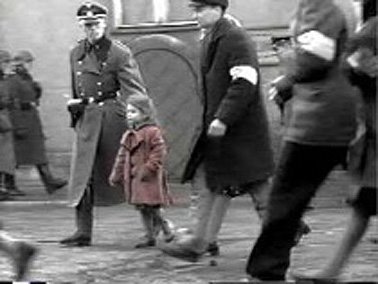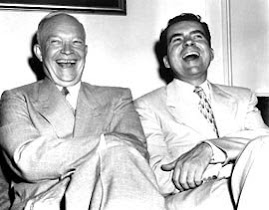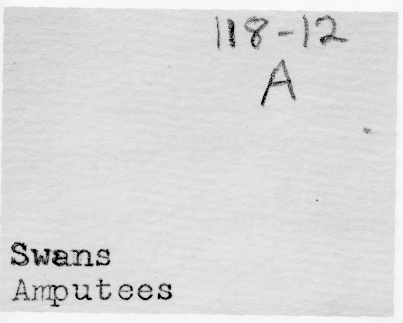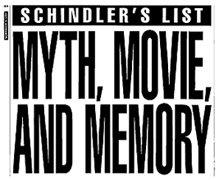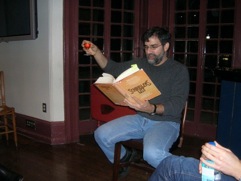 The current issue of the Pennsylvania Gazette includes a story about our apprenticeships program. Here are a few paragraphs:
The current issue of the Pennsylvania Gazette includes a story about our apprenticeships program. Here are a few paragraphs:The apprenticeship program began taking shape in 2002, when faculty member and novelist Max Apple approached Al Filreis, the director of the Kelly Writer’s House. Apple had been at work on a short-story collection, and was looking for a fresh reader who could offer some perspective on how to organize it. “I thought, we’ll call this an apprenticeship, and we’ll put the word out about it,” says Filreis.
Then he went one step further. He decided to form a new program, and found two other faculty members working on their own projects who could use some help. As soon as word got out, “the students applied in droves,” he recalls. “They wanted this.”
After all, this sort of real world “lab experience” is already available to students in the hard sciences. “Typically, the physics student realizes that his own professor is actually working on some very important, cutting-edge research,” he says, and from that point there’s a well-defined path for the student trying to get from the classroom to doing advanced research in a working lab. The apprenticeship model provides the missing link for a writing student trying to make the leap from an undergrad workshop class to the professional craft. “I think with this program we’ve proved … there is such a thing as advanced research experiences in the world of writing,” he says.
By establishing the Bassini Apprenticeships under the umbrella of CPCW, these courses could become credit bearing, says Filreis. The center is devoted to pedagogy that “really works” for the education of young writers, including experiences that might not necessarily take place inside a traditional classroom. “We believe very firmly that students learn best when they are essentially getting a one-on-one experience,” Filreis says, a philosophy that he compares to the intimate size of the Kelly Writer’s House. The largest room can barely hold a few dozen audience members, and “more often it’s one person talking to five people,” he says. “Narrow that down to its extreme, it’s one person talking to one person.”






 "I teach horizontally, meaning that while I might begin with a fixed idea of what I'm going to teach that day, I let it drift rhizomatically way off topic, often pulling it back when it gets too far. I rely on non-fixed materials to teach this way; the whole world is at my fingertips. Should I go off on a tangent about John and Rauschenberg and their love relationship as expressed in Rauschenberg's bed, an image of that bed is always a click away. From there, we can head anywhere into the non-fixed universe, be it film, text or sound. And of course, that always takes us elsewhere. As Cage says, 'We are getting nowhere fast.'"
"I teach horizontally, meaning that while I might begin with a fixed idea of what I'm going to teach that day, I let it drift rhizomatically way off topic, often pulling it back when it gets too far. I rely on non-fixed materials to teach this way; the whole world is at my fingertips. Should I go off on a tangent about John and Rauschenberg and their love relationship as expressed in Rauschenberg's bed, an image of that bed is always a click away. From there, we can head anywhere into the non-fixed universe, be it film, text or sound. And of course, that always takes us elsewhere. As Cage says, 'We are getting nowhere fast.'" 

 that anyone has yet got the imaginative measure of that terrifying day six years ago. Certainly our Tolstoy has not crawled out of the rubble. The closest we have, Don DeLillo, succeeded as an essayist-journalist ("In the Ruins of the Future: Reflections on Terror and Loss in the Shadow of September,” Harper’s, December 2001) but, to my mind, failed as a novelist ("Falling Man"). One reason, perhaps, is that the remembered emotion was instantly buried under a pile of cultural junk.' - Tod Gitlin in his review of Susan Faludi's The Terror Dream (written for
that anyone has yet got the imaginative measure of that terrifying day six years ago. Certainly our Tolstoy has not crawled out of the rubble. The closest we have, Don DeLillo, succeeded as an essayist-journalist ("In the Ruins of the Future: Reflections on Terror and Loss in the Shadow of September,” Harper’s, December 2001) but, to my mind, failed as a novelist ("Falling Man"). One reason, perhaps, is that the remembered emotion was instantly buried under a pile of cultural junk.' - Tod Gitlin in his review of Susan Faludi's The Terror Dream (written for 


